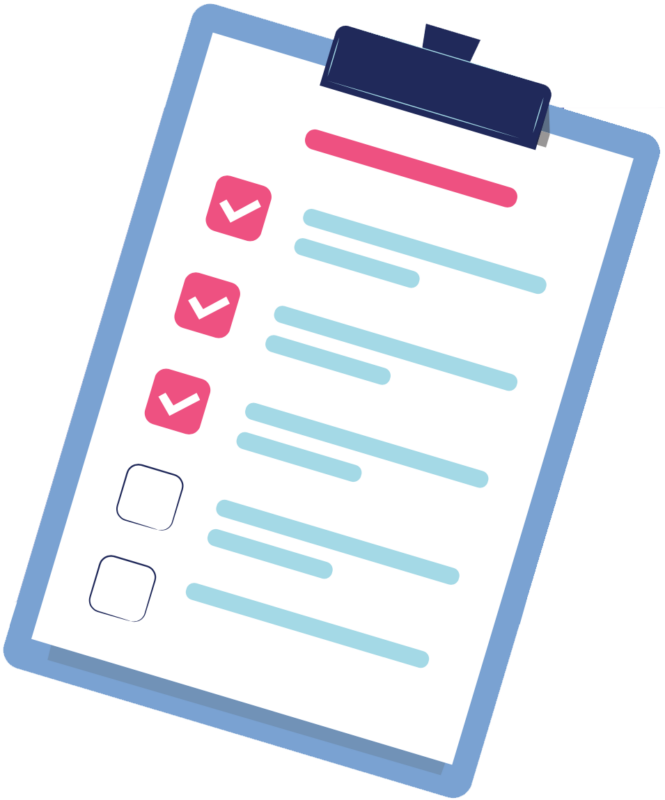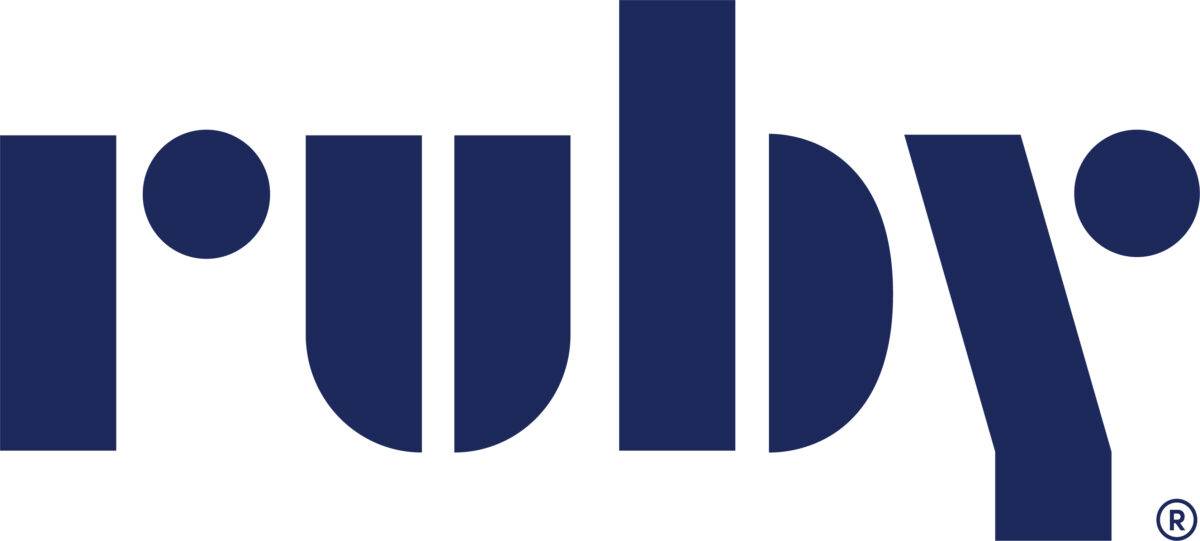
“We’ve missed you! Come back!”
Raise your hand if you’ve ever received an email with a subject line like that.
Raise your other hand if you’ve ever sent that email.
Now waggle your hands around like a wacky waving inflatable arm-flailing tube man.
All right! Feeling pumped up? Ready to learn about some customer winback, remarketing, and reengagement strategies? I hope so, because that’s what this blog post is all about.
I realize not everyone finds the prospect of winning back customers as exciting as I do. Marketing and sales efforts frequently focus on generating new business rather than converting people who have lapsed or lost interest. And let’s face it—those “Where have you been? Please come back” emails can feel pretty…desperate.
But the fact is that winback and remarketing campaigns can be some of the most powerful and cost-effective strategies for building a business. Consider the following:
For a typical business, 80% of profits come from roughly 20% of the company’s existing customers. This is known as the Pareto Principle, or the 80/20 rule.
According to Hubspot, existing customers are not only “50% more likely to try a new product” but will “spend 31% more than new customers.”
Research from Bain & Company suggests that improving customer retention by as little as 5% can increase profits by 25–95%.
Companies with successful winback campaigns have seen over 5x ROI, as this case study illustrates.
Clearly, a little nudge can have a big impact. So how do you win back customers effectively, without coming off as tactless or needy?
It’s about more than an attention-grabbing offer or a deep discount (although those are often important ingredients). Great winback and re-engagement strategies are built on trust and empathy. They create real value for customers while respecting those customers’ time and emphasizing their humanity.
Here are a few examples that demonstrate how companies have lost trust with their customers:
1. Bonobos
What Bonobos did: Sent a short email to disengaged newsletter subscribers asking if they wanted to remain on the mailing list.
Why it works: This is a perfect example of how to write a winback email. It’s brief and upbeat, with a clear call to action. If people don’t click the button, they’re automatically removed from the list. Receptive customers have an easy way to re-engage, the rest stop receiving emails that aren’t relevant to them, and Bonobos keeps the list clean—all with minimal effort.
2. Grammarly
What Grammarly did: “Awarded” inactive users with a badge for not using the service.
Why it works: Who doesn’t love winning something? I admire the cheeky way this plays with the concept of achievements—you earn recognition for what you haven’t done—activating customers by provoking an odd combination of feelings, all at the same time. Someone at Grammarly must have majored in psychology.
Best of all, this little “prize” doesn’t cost the company anything to produce. And look at that “Go” button! Don’t you want to click it?
3. TeeSpring
What TeeSpring did: Tailored winback emails with customer data.
Why it works: This email goes a step further than Bonobos and Grammarly by using data to make the message hyper-specific to the recipient. It serves as both a reminder of the company’s value (“we helped you make money!”) as well as an enticing suggestion of future value (“you can make more money!”).
This probably wouldn’t work for every user who’d lost interest in TeeSpring—imagine if you’d sold zero products—but it’s an excellent way to engage the people whose history with the service indicates they’ll see benefits from continuing to use it.
4. Alice + Olivia
Why it works: We’re moving past emails here and into the realm of more foundational business practices. Like many retailers, NYC-based boutique Alice + Olivia lost significant opportunities to connect with customers following the COVID-19 outbreak. Unlike many retailers, however, Alice + Olivia didn’t simply close up shop or redirect customers to their online store.
Instead, they launched AO2GO. Through the new service, a customer can talk to a stylist over text, phone, or video. The stylist will then curate a few outfits for the customer, who can either pick up their try-on wardrobe in person or get it delivered if they live nearby.
What’s so cool about this program is how it adapts the company’s brand of personalized retail to the limitations of the moment. Rather than compromising on quality or service, Alice + Olivia can continue to provide one-of-a-kind shopping experiences. Plus, it’s newsworthy—it gives them a reason to reach out to all of their customers, including the ones who became disengaged before the pandemic.
5. OneLogin
What OneLogin did: Acknowledged their shortcomings, changed their company culture, and delivered on their core value proposition.
Why it works: After suffering its second major security breach in the span of 12 months, access control and password management provider OneLogin was in crisis. How could customers trust the company to safeguard their sensitive information?
The company regained customer trust by acting quickly, decisively, and with full transparency. First, they acknowledged the breach the day it was discovered, then provided multiple updates over the following few days about how they were responding. Next, they imbued their culture with a security-first mindset, promising to “make any tradeoff” to keep information protected. This led to the company finding and fixing 150 defects in their infrastructure and making the decision to remove every bug within 48 hours of discovery.
To put this into perspective, the average company takes “100 to 120 days to patch vulnerabilities,” according to IBM’s Security Intelligence, and “many companies have critical vulnerabilities that go unpatched altogether.”
Thanks to these efforts, customer perception of OneLogin is higher than ever, and the company is recognized as an industry leader. They’re not only winning people back, but winning new people over.
Bonus: O.B.
What they did: Sent personal apologies to tens of thousands of customers—through song.
Why it works: This one’s from a while back, but I wanted to include it because it’s truly one of the greatest winback campaigns of all time.
It started with a months-long shortage of O.B. tampons in 2010. When the line finally returned to shelves, Johnson & Johnson could have easily issued a short press statement, or say nothing at all.
Instead, they went big, with a song that would make the likes of Josh Groban weep (remember, this was 2010). The campaign made use of automated sound editing software in clever—and frankly, mind-blowing—fashion to create a personalized experience for every customer who couldn’t find O.B. tampons during the shortage.
I could sit here and explain more about this campaign and why it works, but you should probably just watch the video for yourself.
Customer winback tips from Ruby.
These are just a few of the ways businesses have successfully earned attention and trust from disengaged customers. There are countless other examples out there, from small-scale email campaigns to complete overhauls of products, services, and entire organizations. Think of Mattel’s line of Barbie dolls, for instance, or Adobe’s evolution into a 100% cloud-based company.
Maybe you’re thinking about how you can better serve your customers, too. Perhaps you’re considering creating your own winback campaign, launching a new offering, or even undergoing a thorough business transformation.
Whatever you have planned, here are a few quick tips from us to optimize your strategy:
Acknowledge the customer’s experience. If your business or messaging hasn’t resonated with a customer, think about why that may be. If you’ve made a mistake, own up to it. If you’re changing something, communicate why you’re changing it and what value the change will bring to the people you serve.
Make it personal. Honor each customer’s journey with your business. Tailor your message to their unique characteristics and needs. Pull in data where it’s appropriate and meaningful (think back to the TeeSpring example). Remember: this is about them.
Listen. Pay attention to who your campaign resonates with—and who it doesn’t. Know when a customer relationship is over. Silence almost always means “I’m not interested.” Move on to the people who are interested and invest your time and energy with them.
Whether you’re winning back customers or acquiring new ones, everyone you’re reaching out to wants the same thing: an amazing customer service experience. Get more tips on customer service with our Customer Service Audit Checklist.



